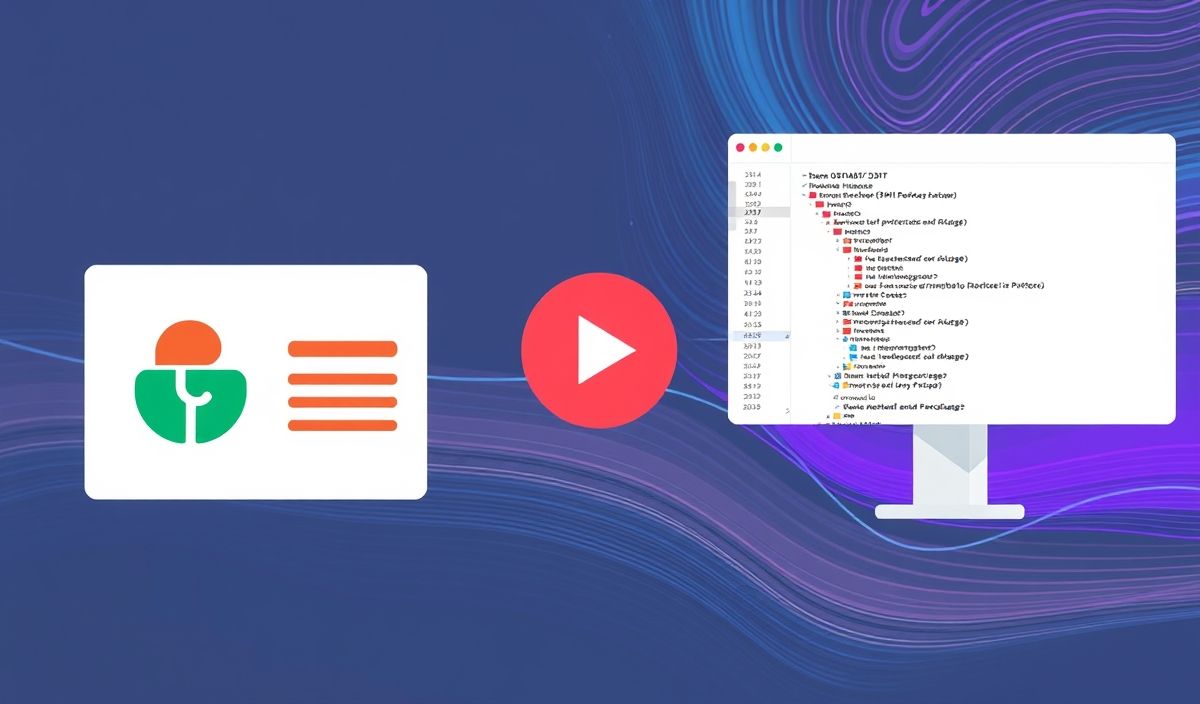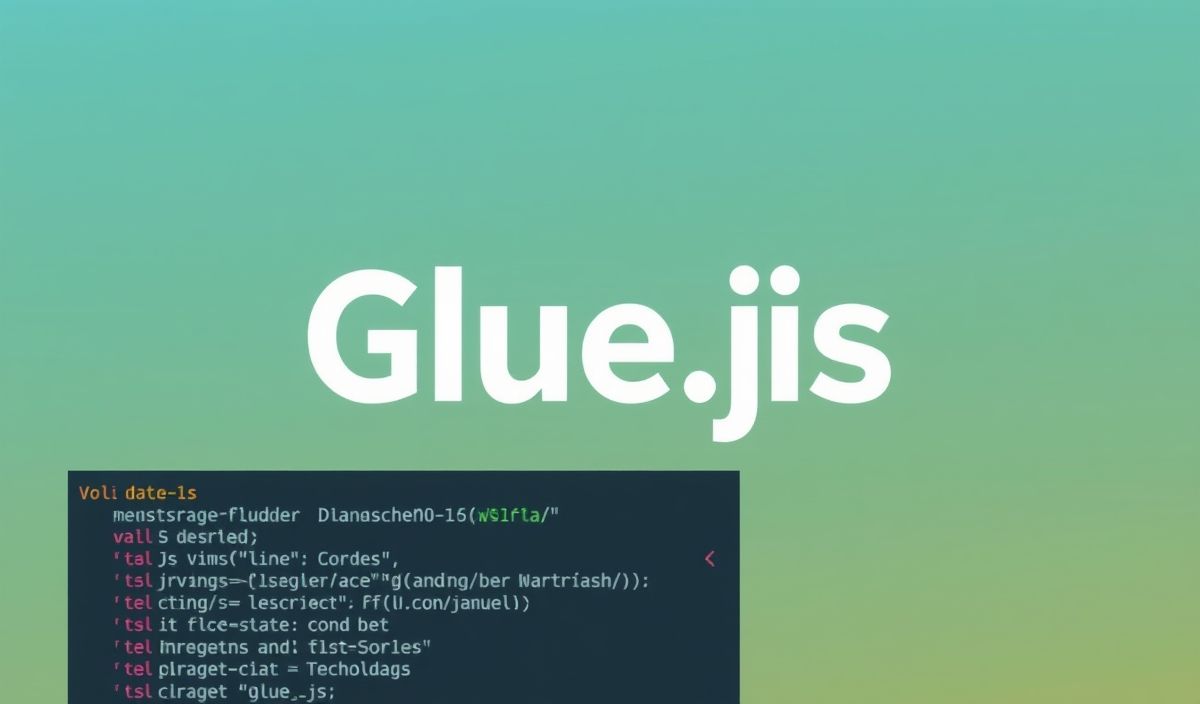Introduction to Installing Packages and API Usage
Installing packages is a fundamental skill for developers working with various platforms, from Python and Node.js to Ruby and more. This guide will walk you through the essential APIs and commands needed to install packages effectively and provide practical examples. By mastering these commands, you can enhance your development workflow significantly.
Installing Packages in Python
Python’s package management system, pip, allows you to install packages from the Python Package Index (PyPI). Below are some common pip commands:
Basic Package Installation
pip install package_name
Installing a Specific Version
pip install package_name==1.0.5
Upgrading a Package
pip install --upgrade package_name
Listing Installed Packages
pip list
Installing Packages in Node.js
Node.js uses npm (Node Package Manager) to manage packages. Here are some crucial npm commands:
Basic Package Installation
npm install package_name
Installing a Specific Version
npm install package_name@1.0.5
Updating a Package
npm update package_name
Listing Installed Packages
npm list
Installing Packages in Ruby
Ruby uses the gem command to manage its packages. The following are some essential gem commands:
Basic Package Installation
gem install package_name
Installing a Specific Version
gem install package_name -v 1.0.5
Updating a Package
gem update package_name
Listing Installed Packages
gem list
Application Example
Let’s create a basic Python Flask application that integrates several packages discussed. This app will demonstrate how to set up and use APIs for package management efficiently.
Step 1: Install Flask
pip install Flask
Step 2: Create a Flask Application
from flask import Flask
app = Flask(__name__)
@app.route("/") def hello_world():
return "Hello, World!"
if __name__ == "__main__":
app.run()
Step 3: Run the Application
python app.py
With these steps, you’ve created a simple Flask application. You can expand this app by installing additional packages and using their respective APIs to enrich its functionality.
This guide provides a robust foundation for managing and using packages in Python, Node.js, and Ruby, which are essential skills for any developer looking to streamline their workflow and build effective applications. Bookmark this page for future reference and share it with fellow developers.
Hash: bd83a3c990c63164114cecc859f23a101ec1cb0888ba5ab6eb333a52b358b159




